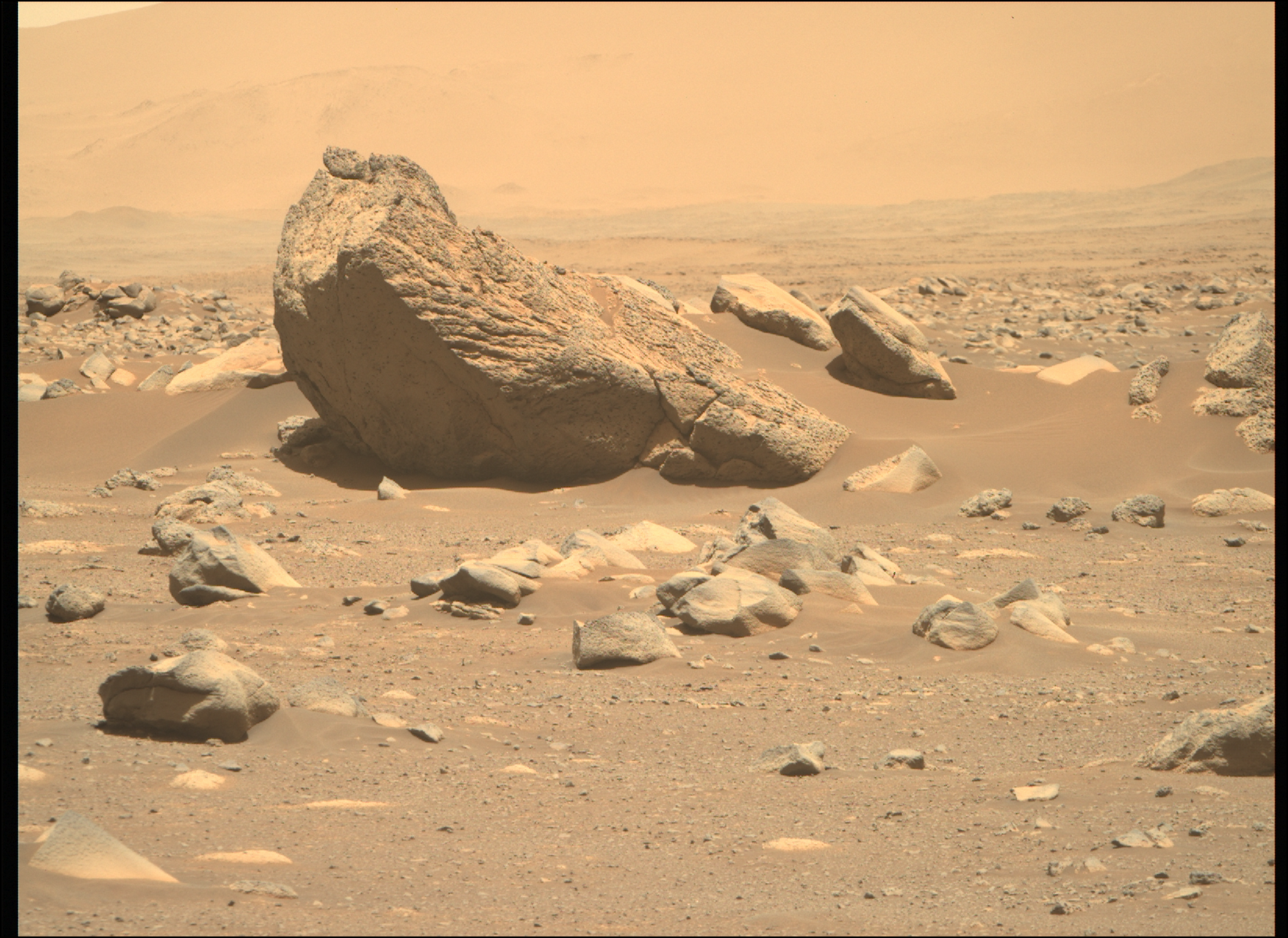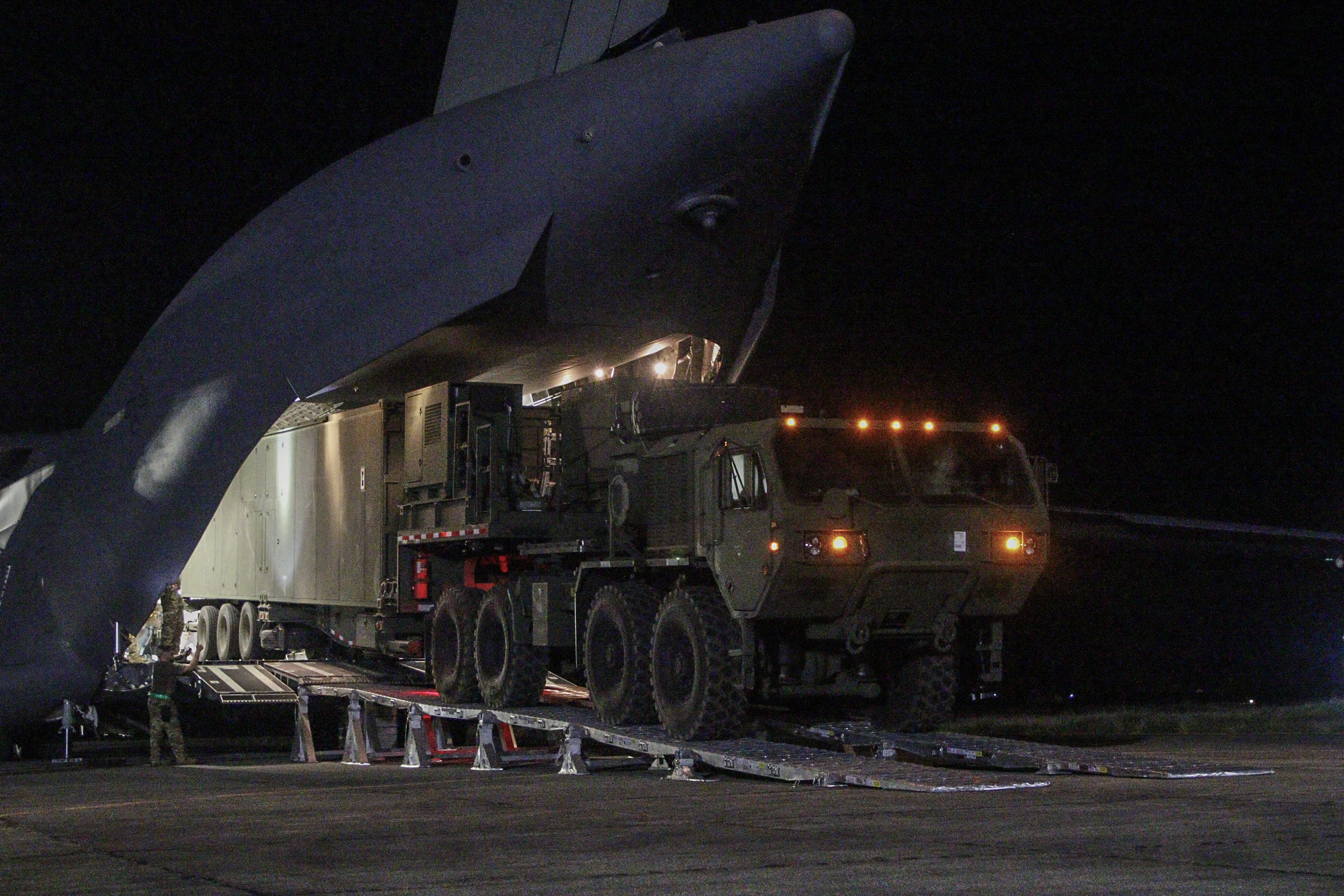PICTURED: An image taken by the rover of the borehole made in the recent failed extraction. PC: NASA/JPL-Caltech.
MARS. August 7th, 2021. The day finally arrived, almost 6 months after touching down, for the Perseverance rover to drill into the surface of Mars to search for ancient microbial life. Ruining the climactic moment, reports from the rover indicate no soil, or anything for that matter, had been stored in the titanium sample tubes onboard.
For a moment it looked like one of the most anticipated missions in the history of Mars exploration had gone bust, and that Perseverance would spend the rest of its life collecting data on the weather and taking selfies.
In a statement back in July, Jennifer Trosper, project manager for Perseverance at the Jet Propulsion Laboratory, detailed that tests of the sample-catch system both on Mars and on Earth were without fault, and that tests to determine whether material had made it into the tubes were also a success.
“The great news is that all that worked perfectly, and we are ready to sample,” Trosper said at a July 21st briefing about the mission.
“The initial thinking is that the empty tube is more likely a result of the rock target not reacting the way we expected during coring, and less likely a hardware issue with the Sampling and Caching System,” she said regarding the recent hiccup. “Over the next few days, the team will be spending more time analyzing the data we have, and also acquiring some additional diagnostic data to support understanding the root cause for the empty tube”.
The Sampling and Caching System largely worked. Diagnostics showed the percussive drill and coring bit both functioned without error.
PICTURED: An image taken by Perseverance on its way to the drill site at the floor of Jezero Crater. PC: NASA/JPL-Caltech.
A worse-case scenario would not only mean back to the drawing board to find a mission for the Perseverance Rover, but also upend the entire proceeding decade in terms of Mars missions, when a joint NASA/ESA program to extract the sample tubes from Perseverance, launch them into space, and have an orbiter pick them up for the journey home as early as 2031.
However Trosper added that no mission to Mars would be complete without something going wrong, referencing “sticky soil” when drilling with the Phoenix Mission in 2008.
“I have been on every Mars rover mission since the beginning, and this planet is always teaching us what we don’t know about it,” said Trosper. “One thing I’ve found is, it’s not unusual to have complications during complex, first-time activities”.
Currently exploring the deepest part of the ancient lake bed in the Jezero Crater, the end of its first mission phase will be hundreds of Martian days from now. After returning with the first 8 samples to its landing site, Perseverance will travel north, then west, toward the location of its second science campaign: Jezero Crater’s delta region.
Just like on Earth, The delta is the fan-shaped remains of the confluence of an ancient river and a lake within Jezero Crater. The region may be especially rich in carbonate minerals. On Earth, such minerals can preserve fossilized signs of ancient microscopic life and are associated with biological processes.
On the topic of a different rover, Curiosity is moving through a different kind of terrain that what it’s been passing for almost a year now as it ascends Mount Sharp. The narrated video below highlights the differences between the rocks seen now and before.




